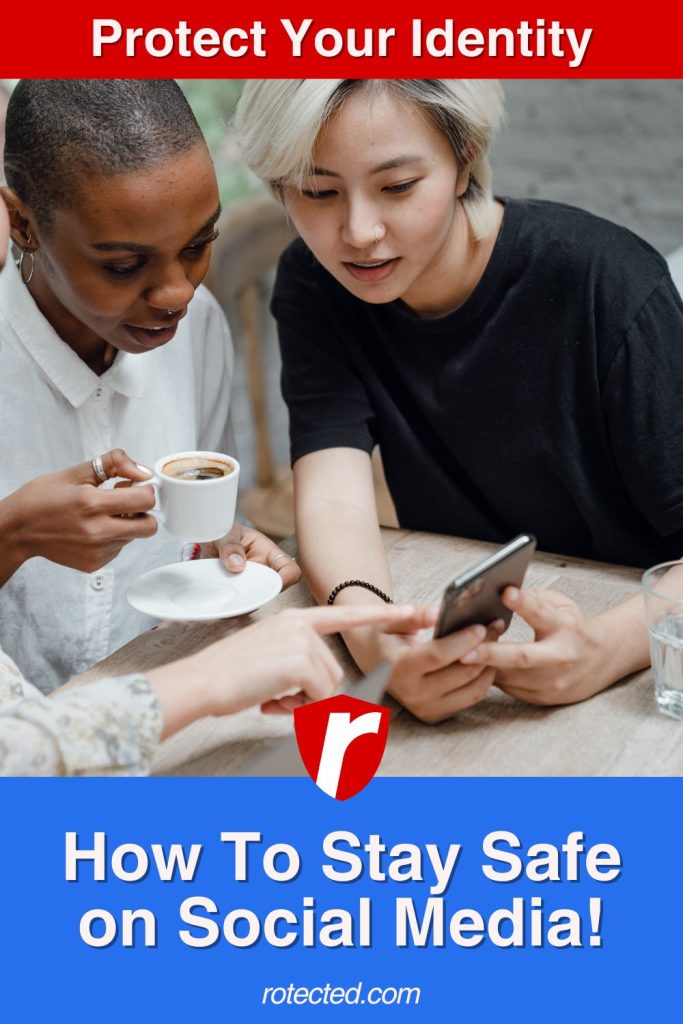In the digital age, social media has become an integral part of our lives, connecting us with friends, family, and the world at large. However, with the convenience of online interaction comes the responsibility of safeguarding our digital identities. From personal information to online behavior, there are numerous aspects to consider when it comes to staying safe on social media. In this article, we’ll explore essential tips for protecting your digital identity in the vast landscape of social media platforms.
Mindful Sharing
One of the fundamental principles of protecting your digital identity is practicing mindful sharing. Be selective about the information you share online, avoiding the disclosure of sensitive personal details such as your home address, phone number, or financial information. Think twice before posting, considering the potential consequences and who might have access to the information.
Privacy Settings Review
Most social media platforms offer robust privacy settings that allow users to control who can see their posts, friends list, and other personal details. Regularly review and update these settings to align with your comfort level. Limiting the visibility of your profile helps minimize the risk of unauthorized access to your personal information.
Strong and Unique Passwords
Maintain the security of your social media accounts by using strong, unique passwords. Avoid easily guessable passwords like birthdays or common words. Consider using a combination of uppercase and lowercase letters, numbers, and symbols. Regularly change passwords and refrain from using the same password across multiple platforms.
Enable Two-Factor Authentication (2FA)
Add an extra layer of security to your social media accounts by enabling two-factor authentication. This typically involves receiving a verification code on your mobile device or email when attempting to log in. 2FA enhances your account’s security by requiring both a password and a secondary verification step.
Be Skeptical of Friend Requests and Messages
Exercise caution when receiving friend requests or messages from unknown individuals. Scammers often create fake profiles to gain access to personal information. Verify the legitimacy of requests before accepting, and refrain from clicking on suspicious links or downloading attachments from unfamiliar sources.
Regularly Monitor Account Activity
Stay vigilant by regularly monitoring the activity on your social media accounts. Check for unfamiliar posts, changes in settings, or any unauthorized access. If you notice anything unusual, take immediate action, such as changing your password and reviewing account security settings.
Educate Yourself on Platform Features
Each social media platform comes with its unique features and privacy settings. Take the time to educate yourself about the intricacies of the platforms you use. Familiarize yourself with the options available to control who sees your content, ensuring you have a nuanced understanding of how your information is shared.
Review Third-Party App Permissions
Many social media users link their accounts to third-party applications for added functionality. Regularly review and revoke access to third-party apps that you no longer use or trust. These apps may have access to your personal information, and minimizing their permissions enhances your digital security.
Stay Informed About Security Threats
Stay informed about current security threats and scams prevalent on social media. Cybercriminals continually adapt their tactics, so staying up-to-date on the latest security news and trends is crucial. Recognizing potential threats allows you to take proactive measures to protect your digital identity.

Think Before Clicking
Exercise caution when clicking on links, even if they appear to be from familiar sources. Phishing attempts often involve deceptive links designed to compromise your account. Verify the legitimacy of links before clicking, and refrain from entering your credentials on unfamiliar websites.
Regularly Update Your Apps
Keep your social media apps and devices up-to-date by installing the latest security updates. Developers frequently release updates to address vulnerabilities and enhance the overall security of their platforms. Regular updates contribute to a more secure online experience.
Report Suspicious Activity
Most social media platforms provide mechanisms for reporting suspicious or malicious activity. If you encounter any suspicious behavior or believe your account has been compromised, report the incident to the platform’s support team for prompt assistance.
Conclusion
In conclusion, safeguarding your digital identity on social media requires a combination of proactive measures and ongoing vigilance. By adopting mindful sharing practices, utilizing privacy settings effectively, and staying informed about security threats, you can navigate the digital landscape with confidence.
Protecting your digital identity is not only an individual responsibility but also a collective effort to ensure a safer and more secure online community.




